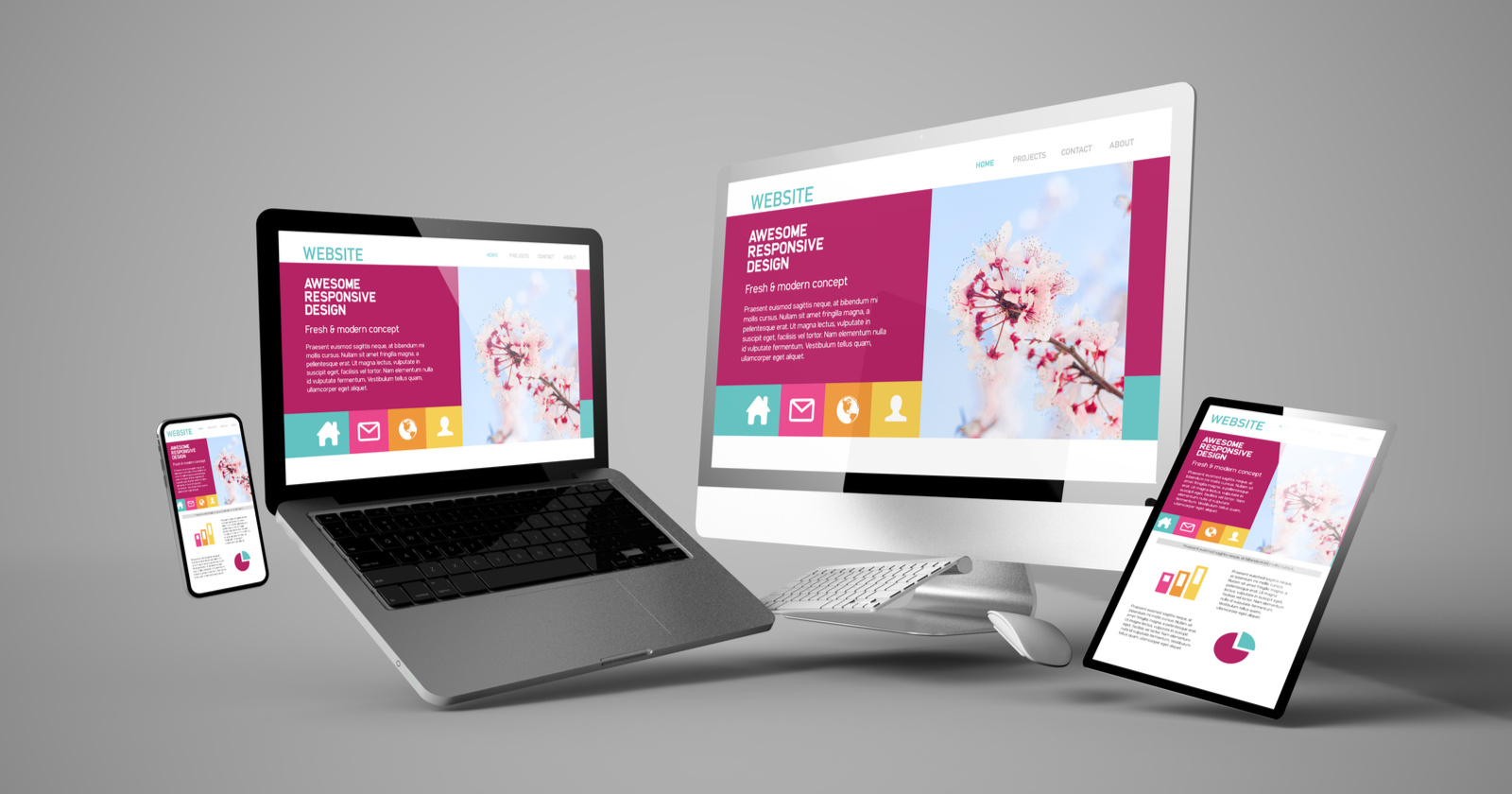Just How to Enhance Customer Experience Through Strategic Website Design
In the realm of digital innovation, customer experience (UX) has come to be the linchpin of successful website design. A critical, user-centered technique, highlighting visual consistency, user-friendly layouts, and responsive style, can drastically boost a site's usability and charm. As we check out these concepts thoroughly, the value of integrating user responses and the role of UX in customer retention will certainly additionally be taken a look at, inviting a much deeper understanding of this vital element of internet style.
Recognizing the Importance of Individual Experience in Internet Style
The significance of internet style lies not simply in aesthetic appeals, yet fundamentally in the individual experience it offers. Customer experience, or UX, refers to the total experience an individual has while engaging with a site or web application, specifically in terms of how comfortable and satisfying it is to make use of (Web Design In Guildford). It is a vital facet of web style, as it directly affects the users' impacts, activities, and overall communication with the site
A properly designed website with a poor customer experience belongs to a gorgeous building with a poorly prepared inside; it might look appealing on the surface, yet it stops working to serve its designated function properly. It might discourage customers from remaining on the site, resulting in high bounce rates, reduced customer interaction, and inevitably, failure to accomplish the web site's goals. This highlights the value of incorporating individual experience right into the website design process right from the beginning.
Using User-Centered Style Concepts
The application of user-centered style concepts begins with recognizing customer behavior. This understanding creates the basis for producing a reliable interface design. These 2 crucial aspects, when skillfully combined, lead to an enhanced user experience on any internet site.

Recognizing User Actions
Why do users act the means they do on sites? Customer habits is determined by a wide variety of variables, principal amongst them being their details demands and choices, prior online experiences, and total web savviness. The style of the web site additionally plays a considerable duty. A clean, user-friendly format can assist users to act in a particular means, such as leading them toward particular activities or information. Conversely, a chaotic or complicated design can prevent interaction and cause high bounce prices. Comprehending customer actions involves studying and analyzing these trends and patterns. Using this expertise, web designers can develop more efficient, straightforward sites that satisfy the demands of their audience, thus boosting user experience.
Reliable User Interface Design

Leveraging Receptive Design for Optimal Watching
Progressing in the discourse, the attention now moves to the significance of leveraging responsive layout for optimal viewing. This entails exploring the procedure of implementing receptive website design and recognizing its effect on individual experience. The ensuing conversation intends to illuminate the benefits of ideal watching and how receptive style promotes it.
Applying Receptive Website Design
Harnessing the power of receptive web style is a necessary step in the direction of improving user experience. These components incorporated produce a responsive internet design that changes to the customer's requirements. While the process may seem complex, the end result is a much more user-friendly and easily accessible web site, dramatically enhancing the user experience.
Advantages of Optimum Viewing

Additionally, responsive layout can bring about improved search engine optimization rankings, as search engines prefer websites that deal with numerous devices. Last but not least, it can decrease bounce prices and boost conversion prices as customers are much less most likely to desert websites that are simple to navigate. Hence, optimal watching can significantly boost user experience, making it an essential aspect of calculated website design.
Integrating Easy Navigation and Intuitive Layouts
Alleviate and intuition in website navigating form the bedrock of customer satisfaction. They are likely to abandon the website and seek choices if users battle to find what they are looking for. A strategic web design need to incorporate clear, easy-to-follow navigation and an user-friendly format. This can be attained by organizing info in an ordered structure, with one of the most important sections plainly included.
Basic navigation menus, breadcrumb trails, and clickable switches lead users with the web site effortlessly. Consistency in design elements throughout pages also adds to intuitive navigating. Placing the search bar or the shopping cart symbol in the Website very same spot on every page enables individuals to find these functions promptly.
Furthermore, an instinctive format is one that prepares for individual needs. It puts components and details where individuals expect them to be. This decreases the cognitive tons on users, boosting their general experience on the website.
The Duty of Visual Layout in Customer Experience
While the framework and straight from the source layout of a website are substantial for individual experience, the visual layout plays a similarly important duty. A chaotic or irregular aesthetic style can perplex customers and lead to a negative customer experience. Web developers need to strategically make use of visual layout aspects to create a intuitive and unified user interface that improves the overall individual experience.
Case Studies: Effective Customer Experience Style at work
In spite of the theoretical understanding on customer experience style, it obtains genuine worth when applied in functional circumstances. Airbnb, a worldwide on the internet marketplace, efficiently boosted their user experience by upgrading their internet site.
In an additional instance, the New york city Times redesigned their web site to prioritize customer experience. They maximized their site for mobile use, understanding that a growing number of their visitors access news using smart devices - Web Design In Guildford. They also streamlined their content discussion, making it easier for visitors to navigate and locate pertinent posts. The results were a significant rise in mobile website traffic and individual engagement, demonstrating the efficiency of calculated web design in boosting individual experience. These study reveal that functional application of user experience layout can produce substantial advantages.
Verdict
To conclude, strategic internet design is a crucial tool in improving user experience. By applying user-centric layout principles, leveraging receptive design, integrating instinctive navigation and formats, and utilizing the power of aesthetic design, services can develop web sites that are pleasing and involving for users. Reliable internet design, showcased with numerous effective instance research studies, significantly raises individual interaction and retention prices, showing its crucial role in digital success.
As we discover these concepts in information, the significance of integrating individual responses and the role of UX in user retention will likewise be checked out, welcoming a deeper understanding of this click over here vital element of internet layout.
It might deter users from staying on the site, leading to high bounce rates, low individual involvement, and inevitably, failing to attain the internet site's goals. A inconsistent or cluttered visual design can puzzle individuals and lead to an unfavorable individual experience. Web designers should strategically use visual design elements to develop a instinctive and unified individual interface that improves the general individual experience. The results were a significant increase in mobile web traffic and user engagement, demonstrating the efficacy of tactical web layout in boosting user experience.